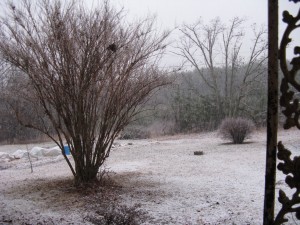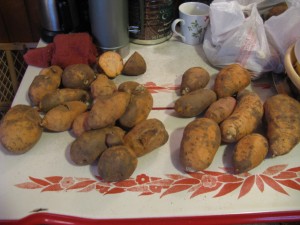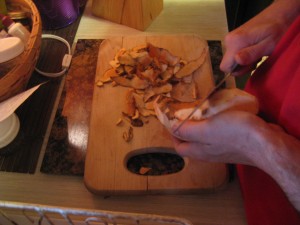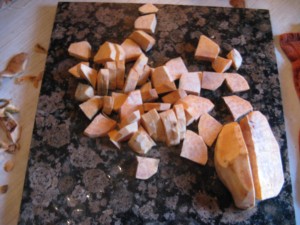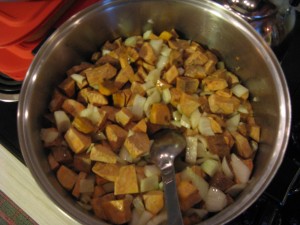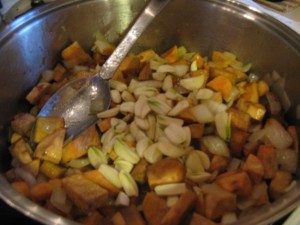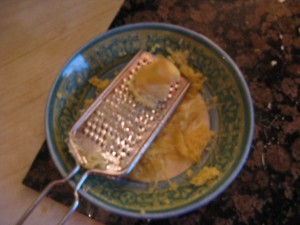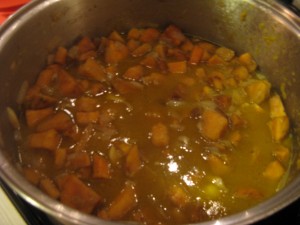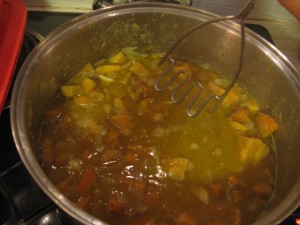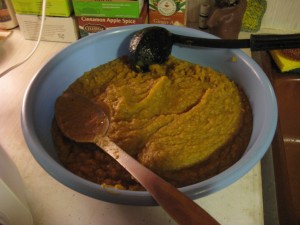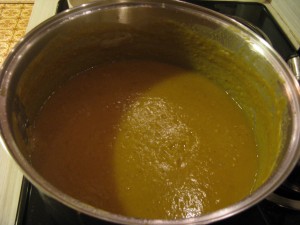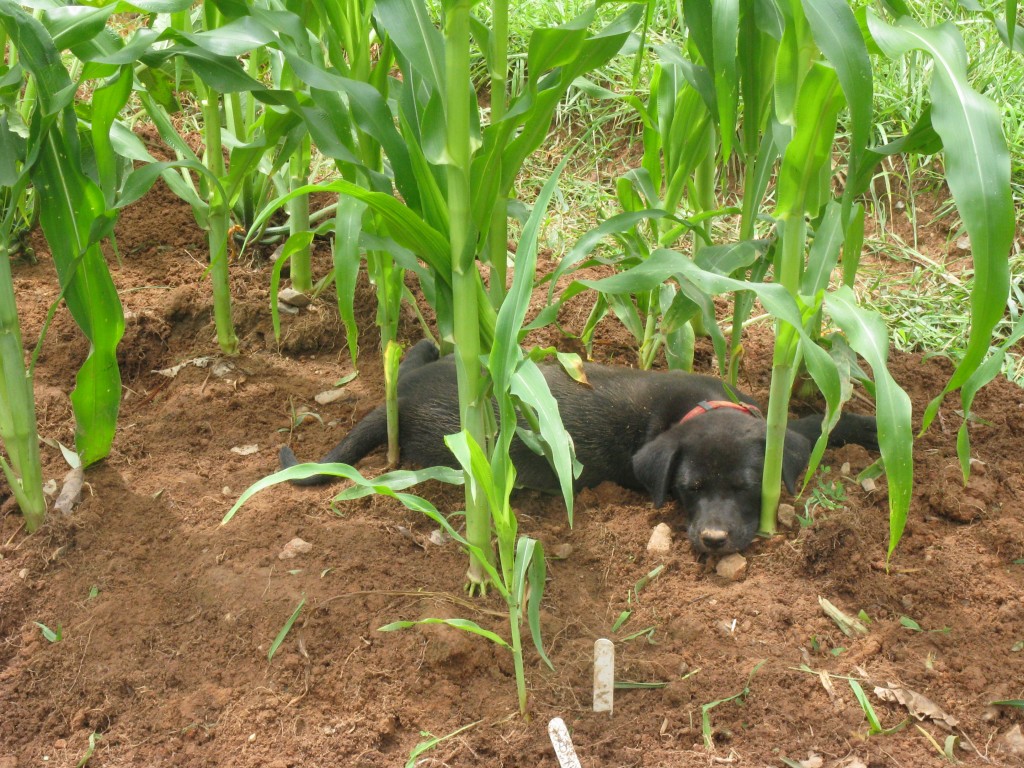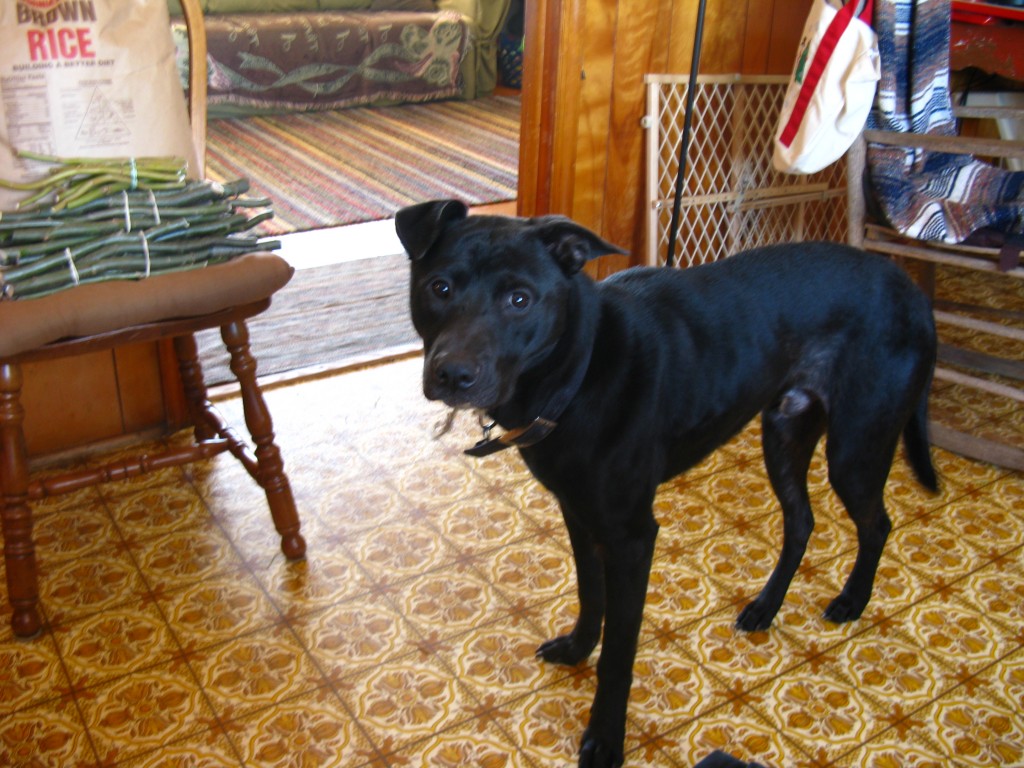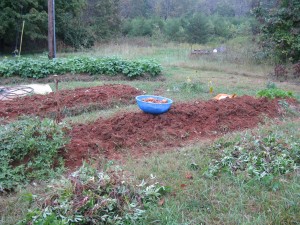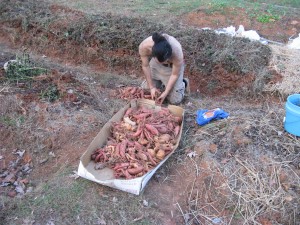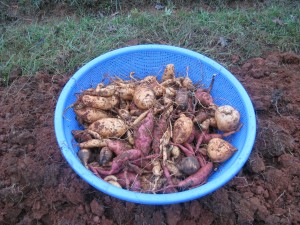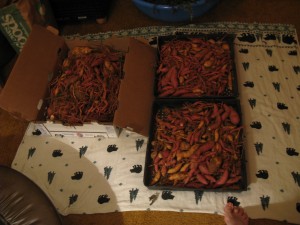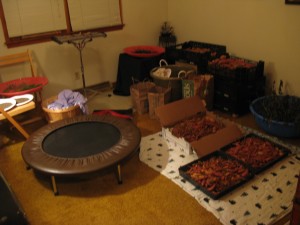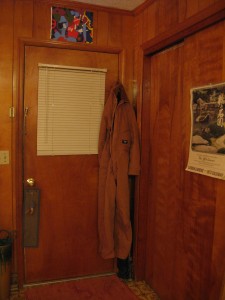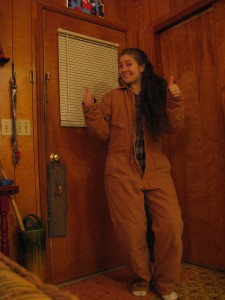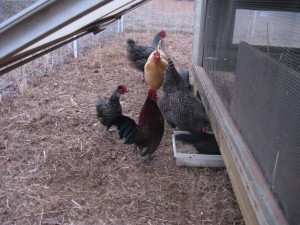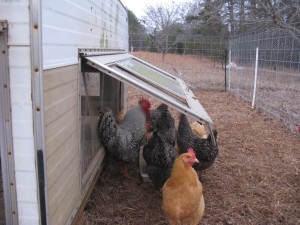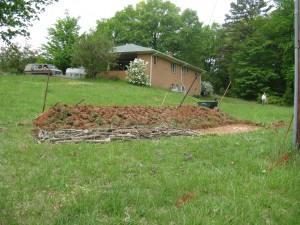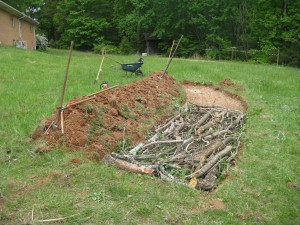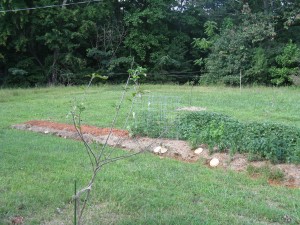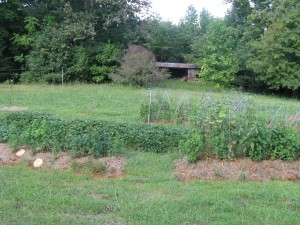this is to be the first of many posts detailing farm fresh recipes with homegrown ingredients!
let’s start with a recipe that suits the cold weather well… perfect for a snow day or gelid temperatures. It also makes use of our abundant sweet potato harvest.
a few days ago, when i had a snow day off from school, i made a triple batch of my sweet potato ginger soup. i made this much because jason’s family is coming to visit soon and my dear friend, who has a marvelous photography and portraiture business in north carolina, is about to have a baby. i wanted to be sure that she had a little bit of easy-to-reheat and nutritious food on hand after the baby comes!
here are the ingredients:
- 4 large sweet potatoes (raw, peeled, cut into 1″ chunks)
- olive oil
- 2 large onions (peeled and chopped)
- 1/4 stick of butter
- sugar
- 8 garlic cloves (or even a few more!)
- garlic powder
- 3 teaspoons of freshly grated ginger
- cayenne pepper
- 64 oz. chicken broth
- salt, pepper
- a food processor or blender
some things to have prepared first:
- peel and chop up the potatoes (they take a bit of time) and onions
- set out your food processor/blender
and the directions:
- heat olive oil in a large pot (don’t skimp on the olive oil, but you can add more later if needed). put in the diced sweet potatoes and onions and cook them on medium for at least 10 minutes, stirring frequently.
- add thickly sliced garlic cloves. let these ingredients cook for 10-30 minutes on medium (continue to stir frequently), until the potatoes begin to brown and become mushy around the edges.
- lower the heat and add just a pinch of sugar and all of the butter. allow this to cook at least 10 minutes longer. continue to stir frequently. grate your ginger during this time.
- add the ginger, as much cayenne pepper as you like, salt, and pepper. stir and saute for 1 minute, until the ginger becomes fragrant!
- add 1/3 of the chicken broth. cut back up to medium and simmer for 20+ minutes or until the potatoes are soft.
- mash the mix while it cooks and add another 1/3 of the chicken broth. add a bit more garlic powder, cayenne pepper, salt, and pepper (if desired).
- once most potatoes and pieces of potatoes are cooked through, cut off the eye of your stove and let the soup cool off sufficiently before placing portions of it in your food processor/blender. i use a cuisinart food processor and it does a great job pureeing the soup. we are hoping to get an immersion blender sometime this summer, though!
- blend the soup in installments, placing the pureed servings in a separate container. once the soup is all pureed, add it back to the pot and reheat on a medium temperature.
- add some or all of the remaining 1/3 of the chicken broth (this depends on how thick you want your final product to be).
- add more of the spices, if desired.
- serve and eat. yum!
note: i always think it is an excellent idea to make extra and freeze some for a future date. soup reheats so well, after all!
.:.
